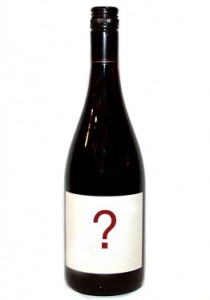
Although the worlds of food and wine are certainly married in many ways, one of the important ways they are not is in the trends that sway each industry in very specific directions. It always puzzled me that, at the height of the locavore movement, at a moment when you had to be careful not to eat your off-season strawberries in front of anyone, that wine lists were still touting libations from far flung corners of the world. Where were all the local wines?
Well, fast forward a few years later to today and there are plenty of restaurants in New York City and, notably, Brooklyn, with wine lists that either focus on local (or, at least, domestic) wines or are entirely composed of them.
The locavore movement has evolved yet again to the point where savvy restaurateurs are now not only singing the gospel of local, but, in a move straight out of a Portlandia sketch, they’re now listing the farms and purveyors of almost every item on the menu (eggs, kale, beef, flour)

This is a trend that, for once, echoes the goings-on of the wine world. A wine’s producer has always been important. Could you imagine a wine list that didn’t list producers?
In the wine world, however, a producer is often just a name or even a brand. It can signify a certain expectation of quality, price or both – but it doesn’t evoke an actual human so much as it signifies a legacy. It’s no surprise, then, that often a producer is just a name – an inherited and unchangeable name – rather than an actual person.
Just as the food world has developed an appetite for transparency in bringing to light the hard working farmers, chefs, and artisans who put food on our tables, the wine world is slowly catching on.
As consumers grow increasingly aware of what they’re drinking, it seems inevitable that they will also start questioning what’s in their glass. With the rise of the organic, biodynamic, and natural wine movements, one could easily argue that it’s already happening. The next step is surely for consumers to wonder, not just how their wine is made, but who is making it.

It’s time for winemakers to get personal. As consumers become more accustomed to knowing the face and name of their farmers and producers (real or imagined) it makes sense that this particular trend will carry over into wine. Consumers are ready to see behind the curtain, as it were, and meet their winemakers. Impersonal brands are going to start to feel lazy and consumers are increasingly craving the romance of a back story and personality.
The smart winemakers will give it to them.
